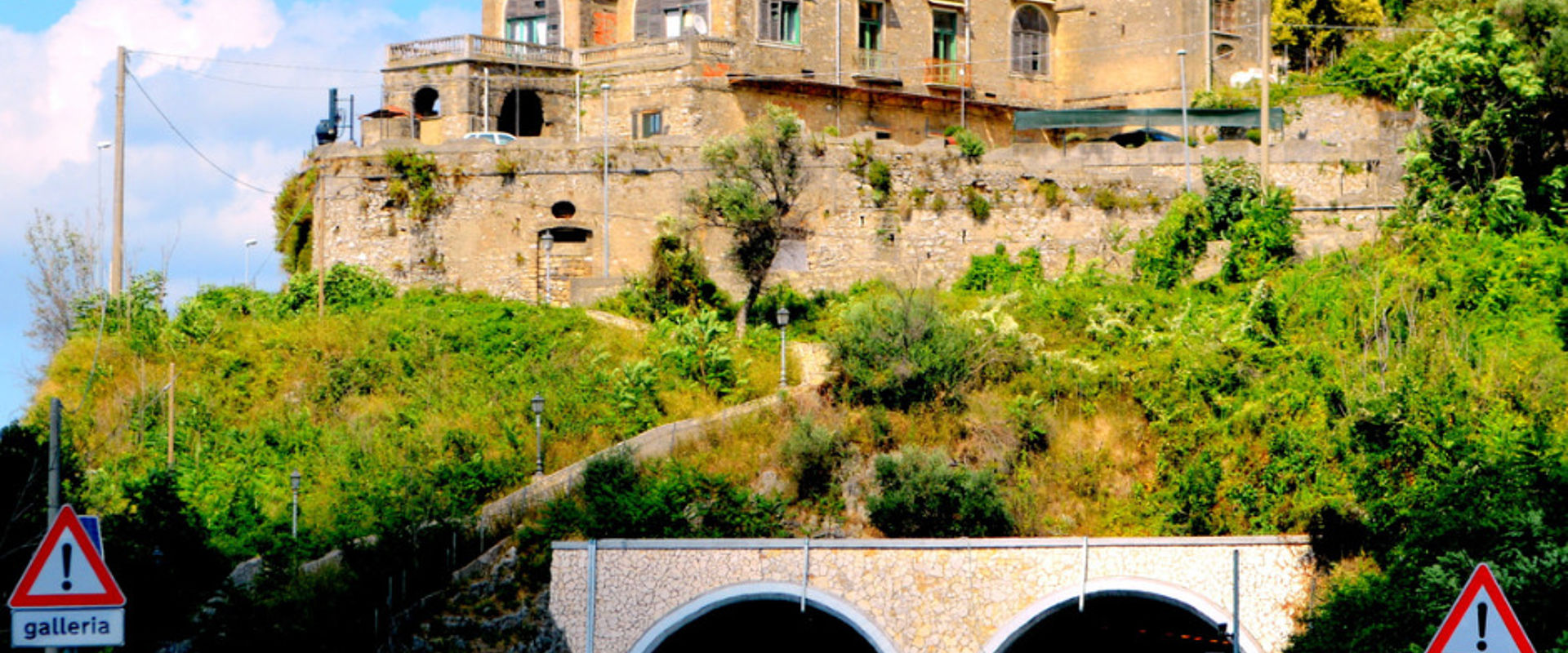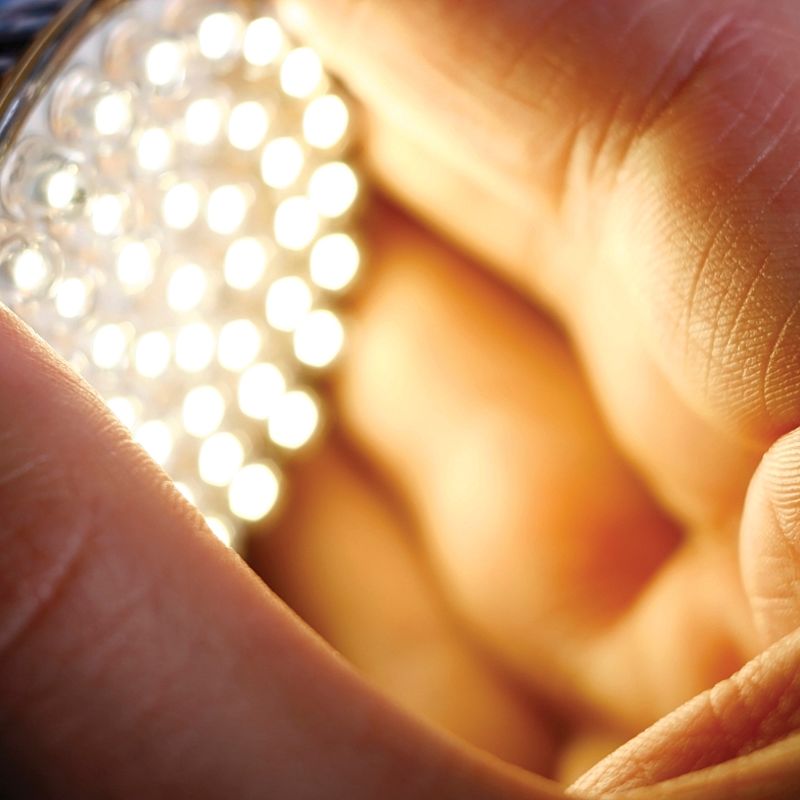
New standard for safer, greener roads
Challenge
Solid state lighting (SSL), which uses LEDs as the light source, is the most energy-efficient lighting technology available, and offers better quality light and visual performance. SSL’s extremely long lifetime and low maintenance costs promise savings for consumers and public authorities, and, unlike fluorescent lamps, it does not contain toxic mercury (EU directive 2002/95). All of these properties make SSL an ideal candidate for safe and efficient road lighting.
Italy has one of the largest road tunnel networks in the world, with some 1,500 kilometres of tunnels, all requiring illumination, and the ongoing upgrade to LED lighting will significantly reduce Italy’s electricity consumption. However, when conventional tunnel lighting is directly replaced with LED lighting, the resulting glare can reduce a driver’s visual performance and increases driver discomfort, creating a driving hazard.
Lamps and luminaires used for tunnel lighting are characterized under daylight (or photopic) conditions, according to current standards. However, our eyes work very differently under the low light (or mesopic) conditions experienced in road tunnels and many other important lighting applications. Improved lighting design, tailored to mesopic conditions, could have a significant economic and environmental impact in such areas.
Solution
The EMRP project Metrology for solid state lighting aimed to improve the accuracy of light intensity measurements under mesopic conditions. As part of the project the Italian National Measurement Institute, INRIM, developed a novel mesopic luminance meter and accompanying low light measurement method. These enable industrial testing laboratories to perform traceable measurements of the luminous intensity of LED lighting and to characterize the LEDs performance under low light conditions too.
Project researchers, together with Autostrade per l’Italia, used the INRIM instrument to study Italian highway tunnels with LED lighting and determine safety critical design parameters. They found that by reducing LED lighting intensity to a specific level compared to traditional lighting, induced glare could be minimised and comparable safety conditions for moving traffic maintained but with reduced energy consumption.
Impact
The Italian standards organisation, UNI, has incorporated this research into a new standard for the illumination of road tunnels. The new standard enables the safe introduction of LED lighting into Italian road tunnels through operation at the reduced light levels identified within the project. In addition to the energy savings introduced through using LEDs over conventional lighting, the reduced operating power leads to a further 33% reduction in electricity consumption.
With LED lighting already introduced into approximately 95% of Italy’s 1,500km road tunnel network, this standard will lead to safer roads with significantly reduced power consumption and associated CO2 emissions.
- Category
- EMRP,
- Energy,
